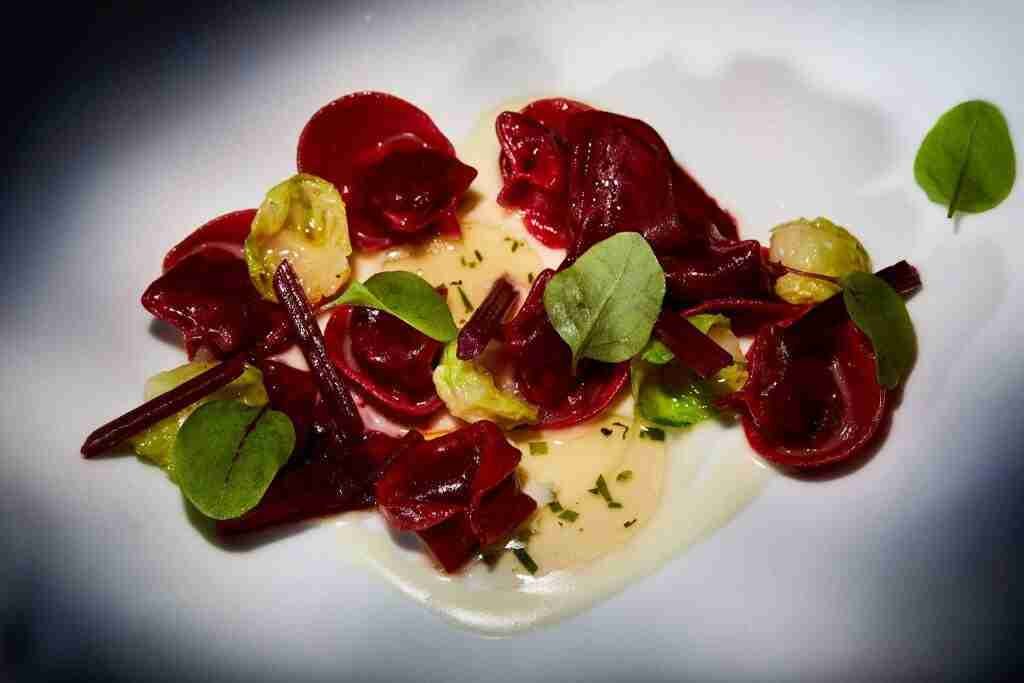Read this in [est_time]
The winners of the little red guide’s stars for 2018 have been announced. Michelin stars have shined in Portugal once more, this time with two new happy awardees.
The guide was born in 1900 at the hands of the Michelin brothers, that took advantage of the beginning of the automobile era and created an instrument that would aid motorists circulating on French roads. The guide presented maps, tips on car and tire repair shops, gas stations, and also recommended hotels and restaurants. A few years later, the guide’s success led to the expansion into other countries.

But how does a guide published by a tire manufacturer turn into the main gastronomical reference in the world? Today, Michelin stars can transform the history of a restaurant — or break it.
It’s a long story and we’ll leave it for another article. However, one of the determinant factors in the success and respect for the Michelin guide’s gastronomical recommendations was the use of anonymous and qualified inspectors. That, and the exhaustive listing of the best restaurant selections — because it’s not only about the stars — the guide also recommends the best restaurants in a given region according to price-quality, with a prize called ‘Michelin Plate’ that attributes 1 to 3 forks.
So what are Michelin stars?
The definition of Michelin stars as we know them was established in 1933:
1 star (*)
“Une très bonne table dans sa catégorie”
An excellent restaurant in its category.
2 star (**)
“Table excellente, mérite un détour”
Excellent cuisine, worth a detour.
3 star (***)
“Une des meilleures tables, vaut le voyage”
One of the best restaurants, worth the trip.

The first guide for Spain and Portugal appeared in 1910, and three years later Portugal was entitled its own exclusive guide. The first stars — with a ranking of 1 to 5 — went to the North, namely the Hotel Mesquita in Vila Nova do Famalicão and the Hotel Santa Luzia in Viana do Castelo.
Considering the modern definition of Michelin stars (ranked 1 to 3), the first Portuguese winner was Escondidinho, in Porto, with a total of two stars, that it kept from 1936 to 1939.
As a consequence of the second World War, the guide halted its Portuguese edition, which suffered a hiatus of 34 years, making a comeback in 1973. In the year of the carnation revolution, 1974, Michelin stars were attributed to Portucale (Porto), Pipas (Cascais), Michel (Lisboa) and Aviz (Lisboa).
From thereon, the list grew slowly, until a frank growth in the last two decades. In 2018, 79 years after the first modern stars rained in Portugal, we have 23 prized restaurants.

When visiting Vista, the inspectors of the Michelin guide commended an exciting cuisine, both meticulous and creative, based on the confection of fish and seafood, as well as local products. The natural light and views over the Atlantic struck a high note.

As for Gusto, the inspectors spoke well of the meticulous handling of international dishes that are prepared for the relish of any demanding taster. Highlights also go to the restaurant’s urban and contemporary decoration.
Here is the list for the Portuguese winners for 2018:
**
The Yeatman — Ricardo Costa (Vila Nova de Gaia)
Il Gallo d’Oro — Benoit Sinthon (Funchal)
Vila Joya — Dieter Koschina (Albufeira)
Ocean — Hans Neuner (Alporcinhos)
Belcanto — José Avillez (Lisboa)
*
Antiqvvm — Vitor Matos (Porto)
Casa de Chá da Boa Nova — Rui Paula (Leça da Palmeira)
Pedro Lemos — Pedro Lemos (Porto)
Casa da Calçada — Tiago Bonito (Amarante)
William — Luís Pestana (Funchal)
L’And Vineyards — Miguel Laffan (Montemor-o-Novo)
Willie’s — Willie Wurger (Vilamoura)
São Gabriel — Leonel Pereira (Almancil)
Henrique Leis — Henrique Leis (Almancil)
Vista — João Oliveira (Portimão) (new)
Gusto — Heinz Beck (Almancil) (new)
LAB — Sergi Argola (Penha Longa)
Loco — Alexandre Silva (Lisboa)
Alma — Henrique Sá Pessoa (Lisboa)
Bon Bon — Rui Silvestre (Carvoeiro)
Eleven — Joachim Koerper (Lisboa)
Feitoria — João Rodrigues (Lisboa)
Fortaleza do Guincho — Miguel Rocha Vieira (Cascais)

